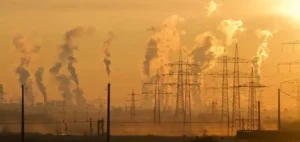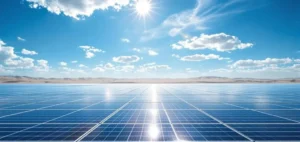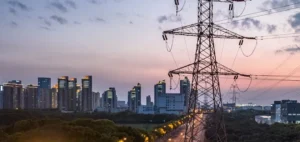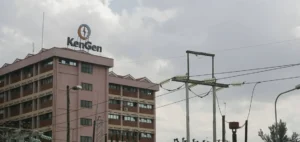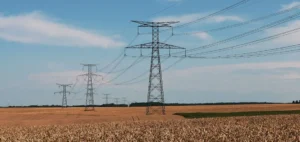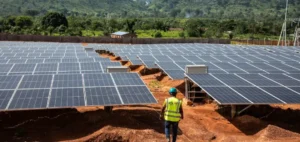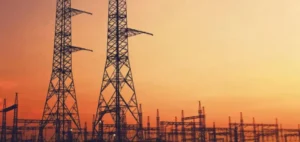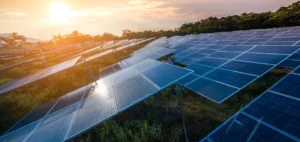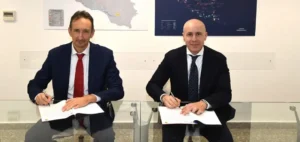Between Friday and Saturday, a giant blackout left almost all of Kenya without power. The blackout, one of the biggest in the country’s recent history, sparked a dispute between two electricity operators.
Impact of the blackout on Kenya and tourism
Almost 24 hours after the blackout began at 9:45pm on Friday, electricity was completely restored on Saturday evening. The blackout, which began at 21:45 (18:45 GMT) on Friday, had an impact on economic activity in this East African economic powerhouse of 50 million inhabitants. For around two hours on Friday evening, Nairobi’s international airport was plunged into darkness. This embarrassing situation was caused by the failure of an emergency generator. These events posed a challenge for the country’s authorities. Indeed, the economy, partly dependent on tourism, is soon to host an international climate conference in September.
The Minister of Transport, Kipchumba Murkomen, apologized, dismissed the Airport Authority and airport officials, and pledged that “this will not happen again”.
Unclear causes of breakdown and conflict between operators
The exact causes of the nationwide power cut are still unclear. On Saturday evening, the Kenya Power and Lighting Company (KPLC) issued a statement. In the press release, the company stated that the blackout was due to the stoppage of power generation at the Lake Turkana wind farm. This wind power plant, located in the north-east of the country and considered to be the largest wind farm in Africa, played a key role in the incident.
This “triggered an imbalance in the power system and de-energized all other main generating units and plants, resulting in a total grid failure”, KPLC explained, saying it was investigating the reasons for the “cascading system failure”.
Explanation of the wind farm and the consequences of the shutdown
The Lake Turkana Wind Plant (LTWP) responded in a statement released overnight, blaming the primary cause of the outage on a “power surge” in the grid:
“LTWP wishes to state that it did NOT cause the power failure. LTWP was forced to disconnect and stop generation as a result of an overvoltage situation in the national grid system which, to avoid extreme damage, causes the wind power plant to shut down automatically,” she said.
At the time of the shutdown, the plant was producing 14.6% of the country’s output.
“The sharp drop in production, following instability in the grid system, led to a situation in which the national power supply was interrupted,” LTWP adds.
“As a general rule, this interruption must be immediately compensated for by other power generators in the system”, she stresses, pointing out that “there have been other interruptions and failures in the national grid” that have notably prevented the wind power plant from being brought back online.
In July 2000, Kenya experienced a blackout lasting several hours. The blackout was caused by the collapse of a high-voltage line in Uganda, which was supplying electricity to Kenya at the time. Coincidentally, the outage coincided with a technical malfunction at one of the country’s power plants.


